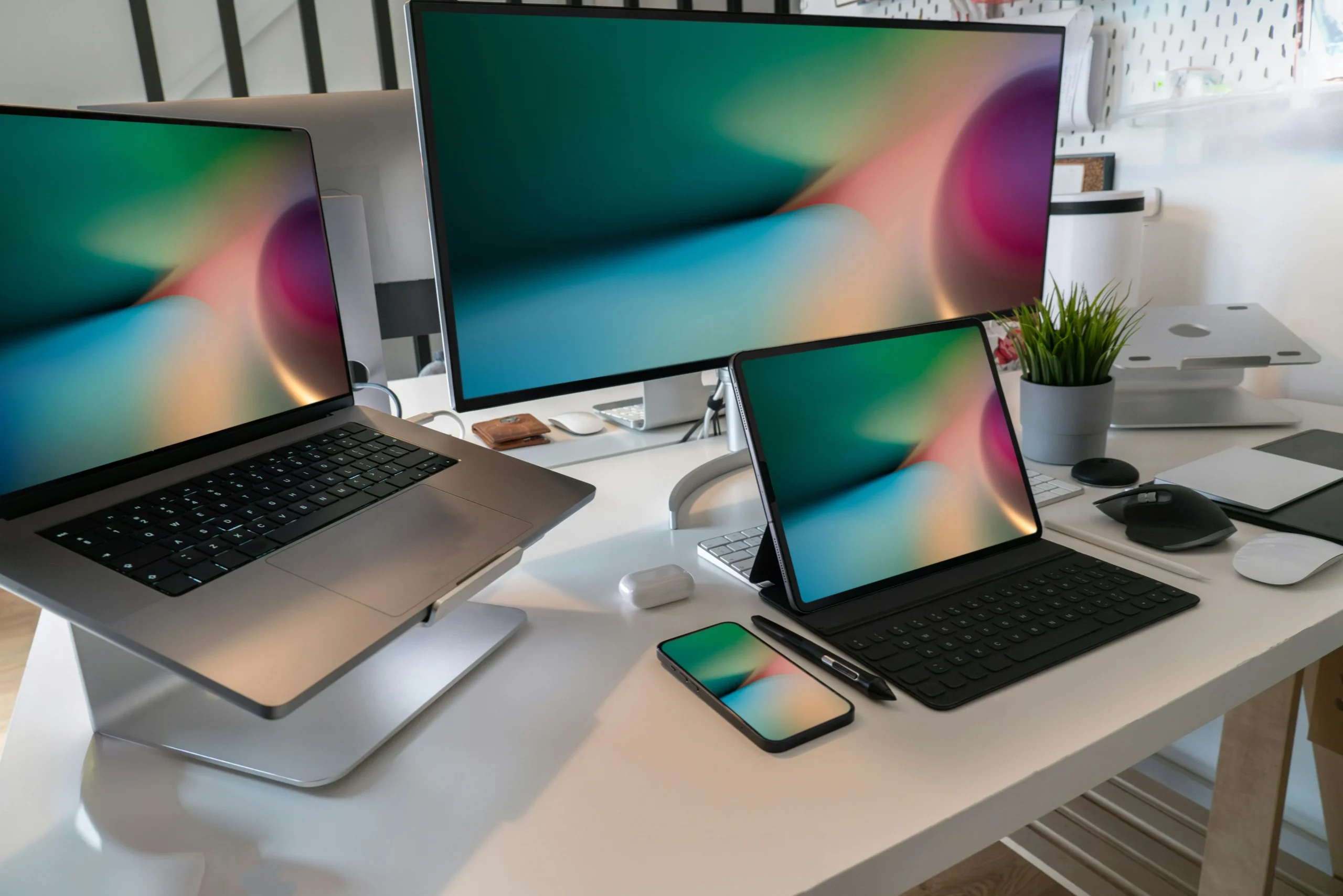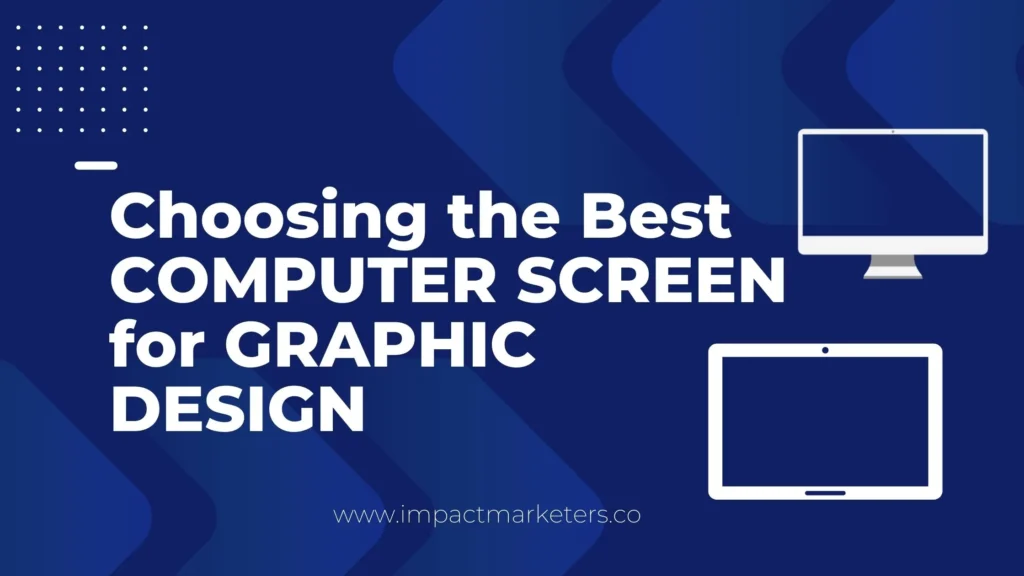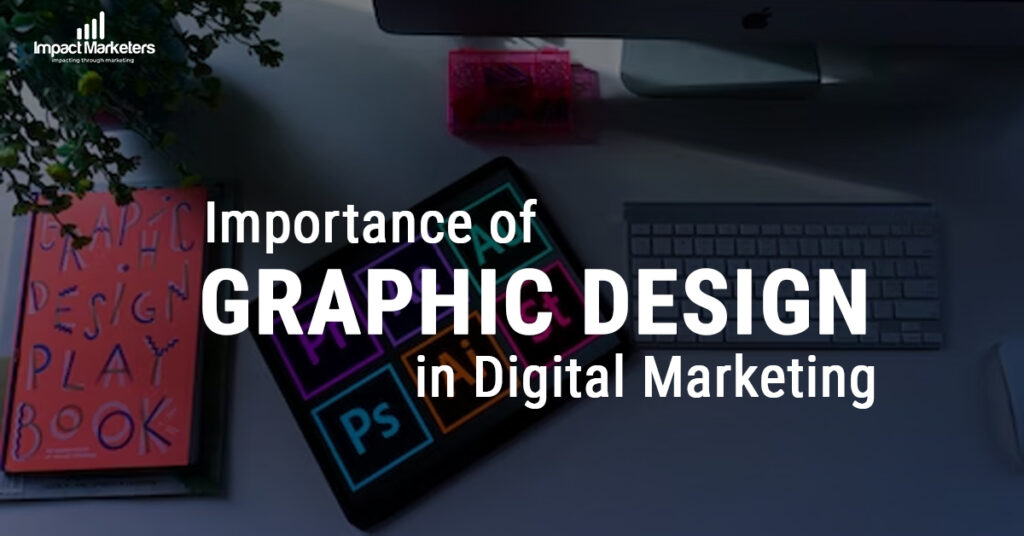A high-quality computer screen is important in the field of graphic design. This is where accuracy and visual attractiveness are major factors. The computer screen serves as a portal to the digital world, where designers realize their creative concepts.
A good computer screen is more than just a luxury. It is a necessary tool that allows graphic designers to produce images that effectively capture attention and communicate ideas.
This blog will examine the value of having a good computer screen for graphic design. Going over the advantages it offers for the artistic process, colour representation accuracy, and general productivity and happiness of designers.
Understanding the Needs of Graphic Designers
The role of colour accuracy in graphic design
When it comes to graphic design, colour accuracy is crucial. Accurate colour on your computer screen shows that your designs will be the same online and offline or in other media. Delivering high-quality work and preserving consistency depends on this.
Our thoughts, emotions, and ability to visualize are highly influenced by colours. They are deliberately employed in graphic design to draw viewers in and prompt action
Importance of screen resolution and pixel density
Pixel density and screen resolution are important aspects of visual design. When working on complex designs, a greater resolution makes pictures clearer and more detailed. It ensures that you pay attention to small details and make accurate corrections.
Ergonomics and comfort for prolonged design sessions
Graphic designers often sit in front of computers for longer periods. Ergonomics and comfort are important to avoid pain and tiredness.
Look for screens with adjustable features, such as tilt, swivel, and height. By doing this, you may adjust the screen’s position to your desired viewing angle and reduce the strain on your eyes and neck.
Factors to Consider When Choosing a Computer Screen

A. Display Technology
IPS panels provide broader viewing angles, greater colour reproduction, and more accurate colour representation than TN screens. They are useful for applications like graphic design, photography, and video editing, where precise colours and wide viewing angles are required.
TN panels excel in gaming due to their fast response times and refresh rates. Despite their limited colour and viewing angle options.
B. Color Accuracy and Gamut
sRGB is the standard colour space for most devices, software, and internet platforms. It is frequently used for web content and guarantees that colours are shown consistently across all devices and platforms. Photographers and designers working primarily with web-based content should ensure that their screens cover 99-100% of the sRGB colour space.
In contrast, Adobe RGB is a broader colour space that includes a greater variety of colours than sRGB. It was developed to include a wider range of colours that the human eye can perceive. Adobe RGB is often used in professional photography and printing to achieve a wider colour spectrum. If you deal with Adobe RGB, make sure your display supports 99% of the Adobe RGB colour space for correct colour reproduction.
C. Resolution and Pixel Density
The term “pixel density” describes how many pixels there are on a display per inch (PPI). Sharper and more detailed images are produced with a higher pixel density. It’s advised to think about going with a bigger display size and a better resolution to get the highest possible visual quality and sharpness.
Monitors with Full HD (1920×1080) resolution are often used for graphic design work. You might want to think about using a 4K UHD (3840×2160) resolution display if you want your designs to have more depth and sharpness. With over 8 million pixels on the screen, 4K resolution offers more pixels than Full HD displays, which have over 2 million pixels.
D. Screen Size and Aspect Ratio
Consider a screen size of at least 27 inches for graphic design work, but ensure it fits comfortably on your desk and doesn’t strain your eyes.
E. Connection Options
HDMI (High-Definition Multimedia Interface) is a popular standard for connecting devices like PCs, game consoles, and Blu-ray players to monitors. It can handle both high-definition video and audio streams, making it useful for a variety of media applications.
DisplayPort is another common display interface that provides high-performance capabilities. It delivers superior video quality and offers higher resolutions, refresh rates, and colour depths than HDMI. DisplayPort is widely used for computer-to-monitor connections and is preferred by professionals who want accurate colour reproduction and fast refresh rates.
Tips for Maintaining and Calibrating Your Computer Screen
Use correct cleaning and maintenance techniques to ensure that your computer screen performs well and lasts as long as possible. Here are some recommendations for maintaining and calibrating your computer screen:
- Clean the screen with a soft microfiber cloth or screen cleaning wipes created exclusively for electronic gadgets. These materials are gentle and will not damage the screen’s surface.
- Avoid abrasive cleansers and harsh chemicals, as they can damage the screen. Instead, choose the manufacturer’s recommended cleaning solution or use distilled water for light cleaning.
- Before cleaning, make sure the screen is turned off and disconnected from the power source. This assures your safety and avoids electrical problems throughout the cleaning process.
- Please pay attention to the screen’s corners and edges, since they are prone to gathering dirt and debris. Give them additional attention when cleaning to ensure a thorough and successful cleaning operation.
- For stubborn stains, use distilled water or the manufacturer’s recommended cleaning solution. To remove persistent stains, lightly dampen the microfiber cloth with distilled water or the manufacturer’s recommended screen cleaning solution. Apply the solution on a cloth, not the screen, and gently wipe the afflicted areas.
Importance of screen calibration for accurate color representation
Screen calibration is critical for graphic designers because it ensures consistent and accurate colour representation across all platforms and device types. Here’s why screen calibration is essential:
- Maintaining colour accuracy: Over time, a monitor’s colour output might vary, resulting in an inaccurate portrayal of colours. Screen calibration helps to correct these colour changes, ensuring that the colours you see on your screen correspond to the intended colour combinations. Calibrating your screen ensures that your designs appear as intended to your audience.
- Taking into account ambient lighting conditions: The lighting in our workstation might have an impact on our perception of colour. Frequent screen calibration accounts for lighting conditions and adjusts colour settings accordingly. This enables precise colour representation independent of lighting conditions, allowing your designs to seem constant across multiple situations.
- Screen calibration helps to maintain colour uniformity across multiple platforms and mediums. By calibrating your screen, you ensure that your designs display consistently across several platforms, including computers, tablets, and smartphones. Furthermore, calibrated displays assist ensure that your ideas translate correctly when printed, as professional printers are frequently calibrated to the same colour standards.
Conclusion
We have provided an in-depth guide to choosing the best computer screen for graphic design. Graphic designers must invest in a high-quality computer screen. The appropriate screen may improve colour accuracy, create a more pleasant work environment, and greatly accelerate your creative process.
It allows you to see your designs as they were intended, ensuring that your work is appropriately transformed into multiple media formats. Never underestimate the impact a high-quality computer screen may have on the quality of your designs and your clients’ overall satisfaction.
Check out more resources at Impact Marketers to help you with your Graphic Design Journey.






